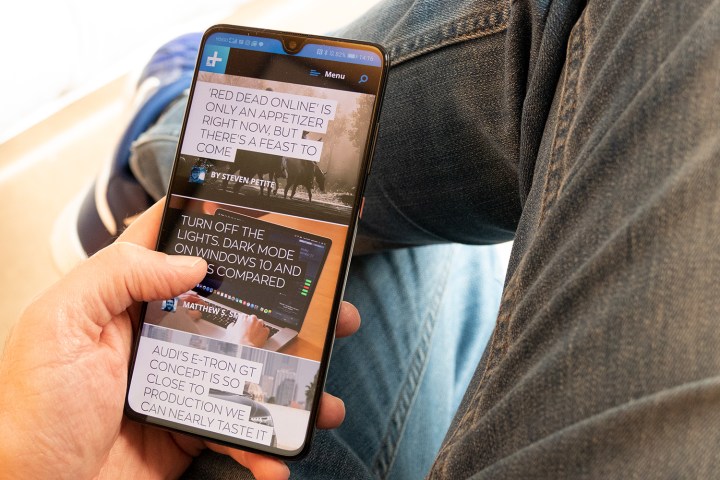Huawei has reportedly punished two employees for an infamous tweet posted on its official New Year’s Twitter account, which was apparently posted from an iPhone. The now deleted tweet, a fairly straightforward “Happy #2019” message, was followed with the tell-tale “Twitter for iPhone” signature that follows all tweets sent from Apple devices. Twitter users quickly picked up on the gaffe and signal-boosted the mistake to their followers, prompting Huawei to delete the message.

While this may be an amusing mistake from our standpoint, Huawei isn’t seeing the funny side of the mishap. According to an internal memo seen by Reuters, Huawei has take disciplinary action against the two employees responsible for the incident, demoting both of them by a single rank, and reducing their monthly salaries by 5,000 yuan (roughly $728). Furthermore, the pay rank of one of the two — supposedly Huawei’s digital marketing director — has also been frozen for 12 months, locking them out of any pay raises for that period.
That seems like a fairly hefty punishment, but Huawei is clearly taking the mistake seriously. According to that same memo, a corporate senior vice-president and board director, Chen Lifang, claimed “the incident caused damage to the Huawei brand.” With Apple’s iPhone being one of the major competitors to Huawei’s P-series and Mate-series flagships, it’s not hard to see why they would take such a hard line.

The mistake supposedly occurred when Sapient, the company responsible for Huawei’s social media presence, experienced a VPN outage on the night of January 1. Use of a VPN within China is necessary to access Twitter, and rather than wait for the
It’s certainly not the first time this sort of Twitter mishap has occurred. Samsung Nigeria was forced to remove over 300 tweets due to the same iPhone message, and many celebrity endorsements of phones have been undermined by their tweeting from the wrong phone. Huawei’s lack of humor on this surprises us to some degree though — it has shown no hesitation when making jokes at Apple’s expense during, say, the iPhone XS launch.
Editors' Recommendations
- Nomad’s new iPhone case and Apple Watch band may be its coolest yet
- 5 phones you should buy instead of the iPhone 15
- Why you should buy the iPhone 15 Pro instead of the iPhone 15 Pro Max
- 3 reasons why I’ll actually use Anker’s new iPhone power bank
- Here’s how Apple could change your iPhone forever


